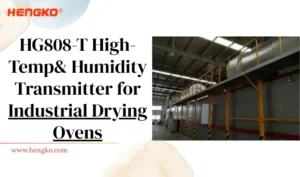
HG808-T High-Temperature Humidity Transmitter for Industrial Drying Ovens
HG808-T High-Temperature Humidity Transmitter for Industrial Drying Ovens In many manufacturing processes, drying is more
高度なモニタリングソリューション:産業用温湿度データロガーの専門製造と一括供給
ホーム " 温湿度データロガー
HENGKOのコミットメントは、効果的なモニタリングアプリケーションのためにオーダーメイドされた、優れた品質の産業用USB温湿度データロガーを供給することです。
クラス最高の製品を提供することに重点を置いたこれらのデータロガーは、様々な産業環境の厳しい要求を満たすように設計されています。USBインターフェースにより、接続とデータ転送が容易で、多様なアプリケーションに対応します。
HENGKOは、USB温湿度データロガーに特化した大手専門メーカーです。これらのデバイスは、環境条件の正確で信頼性の高いモニタリングを提供するために、細心の注意を払って設計されています。
当社のデータロガーは、USB接続が特徴で、データ転送や分析が容易です。汎用性を重視した設計で、科学研究、食品保存、さまざまな環境での温度管理など、幅広い用途に最適です。
HENGKOの製品は、正確で使いやすい温度・湿度モニタリングソリューションを求めるプロフェッショナルにとって、最良の選択肢となっています。
温度試験範囲とデータ保存に基づき、異なる項目を選択できます。
費用対効果の非常に高い管理により、より低価格で競争力のある価格を得ることができます。
常にアップグレードし続ける製品で、変化し続ける市場のニーズにお応えします。
高解像度の商品画像、3D効果のあるクールなビデオなど、商品をうまく販売するための強力なマーケティング・サポートを受けることができます。









温湿度データロガーは、温度と湿度の測定値を経時的に記録する装置である。通常、センサー、データ記憶装置、バッテリーで構成される。センサーは周辺環境の温度と湿度を測定し、データストレージユニットはこれらの測定値を一定間隔で記録する。バッテリーはデバイスに電力を供給する。
温度・湿度データロガーは、以下のような様々な用途で使用されています:
温度・湿度データロガーにはさまざまなタイプがあり、さまざまな機能や性能を備えています。最も一般的な機能には次のようなものがあります:
ミニUSB温湿度データロガーは、温度と湿度の測定値を経時的に記録するコンパクトでポータブルなデバイスです。以下のような様々な用途で使用されます:
ミニUSB温湿度データロガーの主な特徴をいくつかご紹介します:
温度・湿度データロガーの種類をご紹介します:
お役に立てれば幸いです!他に質問があれば教えてください。
USB温湿度データロガーは、温度と湿度レベルを長期にわたって記録する小型のポータブルデバイスです。
様々な用途で使用されている:
データロガーは、温室内の温度と湿度レベルを監視するために使用できる、
倉庫やその他の管理された環境。このデータは、その環境が次の作業にとって最適であることを保証するために使用される。
空間内の植物、製品、人。
データロガーは、輸送中や保管中の食品の温度を追跡するために使用できる。
これにより、食品が安全な温度に保たれ、腐敗することがない。
データロガーは、暖房や換気の性能を監視するために使用できる、
および空調(HVAC)システム。このデータは、問題の特定とトラブルシューティングに使用できる。
システムとともに。
データロガーは研究目的のデータ収集に使用できる。例えば
気候変動が温度と湿度に及ぼす影響を研究するために使用される。
USB温湿度データロガーの使用には多くの利点があります。いくつかの利点があります:
温度や湿度レベルをモニターする方法をお探しなら、USBデータロガーが最適です。正確で、便利で、費用対効果が高く、さまざまな用途に使用できます。
USBと通常の温湿度データロガーの比較です:
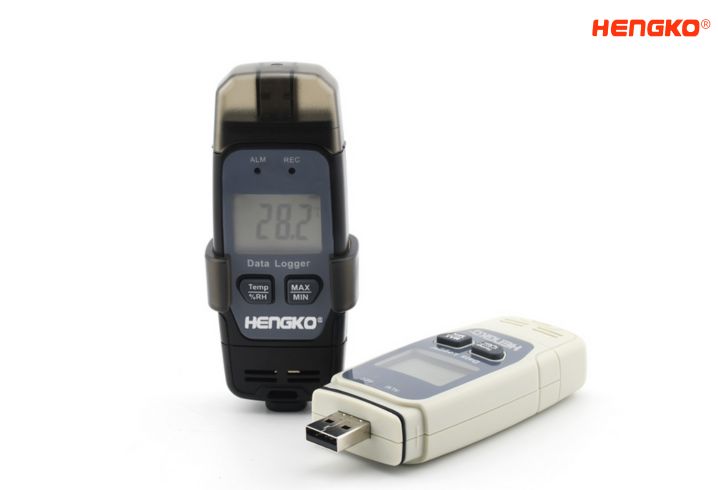
あなたに最適なデータロガーのタイプは、あなたの特定のニーズと優先事項によって異なります。以下の要素を考慮してください:
| 特徴 | USBデータロガー | 通常のデータロガー |
|---|---|---|
| インターフェース | USB | ディスプレイ/ソフトウェア |
| パワー | バッテリー/USB | バッテリー |
| 携帯性 | 小型・軽量 | 変動あり |
| 使いやすさ | ユーザー・フレンドリー | セットアップが必要な場合あり |
| データストレージ | 限定 | より大きい |
| コスト | より高価 | 安価 |
あなたのビジネスやプロジェクトの選択に役立つことを願っています!
他に質問があれば教えてください。
露点、トランスミッター、センサーについて、あなたやみんなが知りたい質問をいくつか。
温湿度データロガーは、温度と湿度を連続的に記録するコンパクトな電子機器である。
レベルを一定期間にわたって測定する。これらの環境レベルを監視する様々な用途によく使用される。
などが重要である:
温室、倉庫、その他の管理された環境では、データロガーは、植物、製品、または人のための最適な条件を確保するのに役立ちます。
輸送中や保管中の食品の温度を追跡し、腐敗を防ぐ。
暖房、換気、空調システムの問題を特定し、トラブルシューティングを行う。
気候変動の影響を調べるなど、さまざまな研究目的で温度や湿度のデータを収集する。
So, temperature and humidity data loggers are valuable tools for various applications where precise monitoring of these environmental factors is essential.
They offer accuracy, convenience, and valuable data insights for informed decision-making.
I hope this explanation, along with the images, provides a good understanding of
what temperature and humidity data loggers are and how they work.
Let me know if you have any other questions!
A data logger is an electronic device that automatically records and stores data over time.
It’s designed to measure and capture various physical parameters or events, providing a continuous log of
information for analysis and decision-making. Here’s a breakdown of its key functions:
While both a data logger and a thermometer measure temperature, they have several key differences in their functionality and purpose:
In summary, a data logger offers long-term, automated data collection and analysis for detailed insights over time,
while a thermometer provides real-time, single-point measurements for immediate information access.
Choose the instrument that best suits your specific needs and data requirements.
I hope this clarifies the differences between these two temperature and humidity monitor tools!
While the terms “data logger” and “data recorder” are often used interchangeably, there are some subtle differences between them. Here’s a breakdown:
Data Logger:
Data Recorder:
Here’s an analogy:
Choosing between a data logger and a data recorder depends on your specific needs:
I hope this clarifies the differences! Let me know if you have any other questions.
温度・湿度センサー、トランスミッター、ソリューションに関するお問い合わせは、HENGKOまでご連絡ください。

HG808-T High-Temperature Humidity Transmitter for Industrial Drying Ovens In many manufacturing processes, drying is more
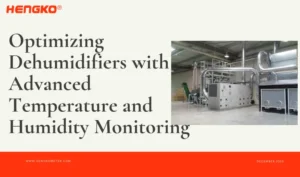
Effective moisture management is essential in facilities where materials, equipment, and processes depend on controlled
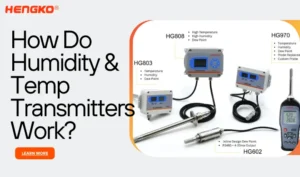
つまり、湿度・温度トランスミッターは環境データを測定し、制御システムに送信する。これらは
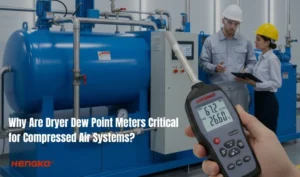
なぜドライヤー露点計は圧縮空気システムにとって重要なのか?もしかしたら、あなたはいつも

あるオフィスゾーンの湿度が高すぎる理由と湿度トランスミッターによる解決方法
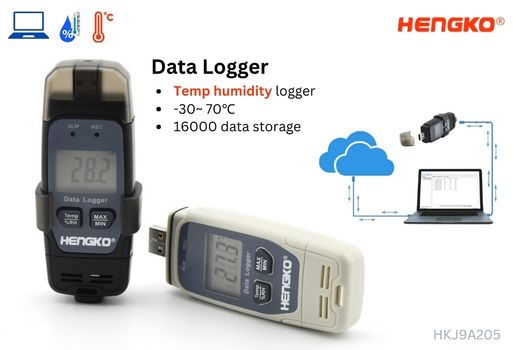
露点トランスミッターを選ぶべき理由をご説明しましょう。
HENGKOより
答えは簡単だ: HENGKOは違う.
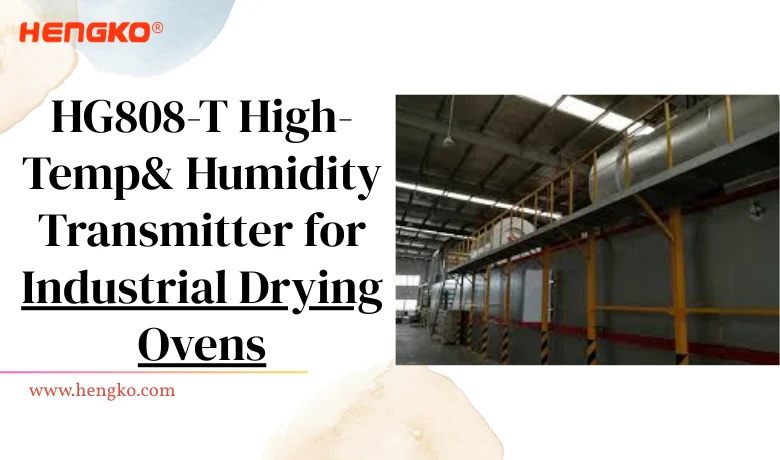
HG808-T High-Temperature Humidity Transmitter for Industrial Drying Ovens In many manufacturing processes, drying is more than just a step — it’s a decisive factor that

HG808-T High-Temperature Humidity Transmitter for Industrial Drying Ovens In many
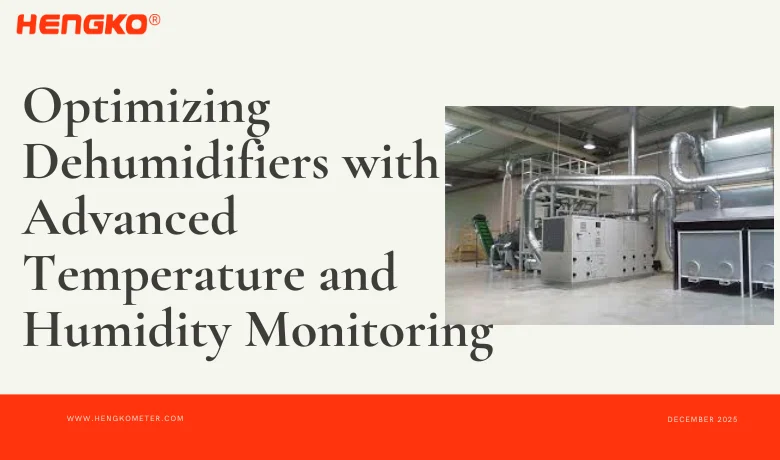
Effective moisture management is essential in facilities where materials, equipment,
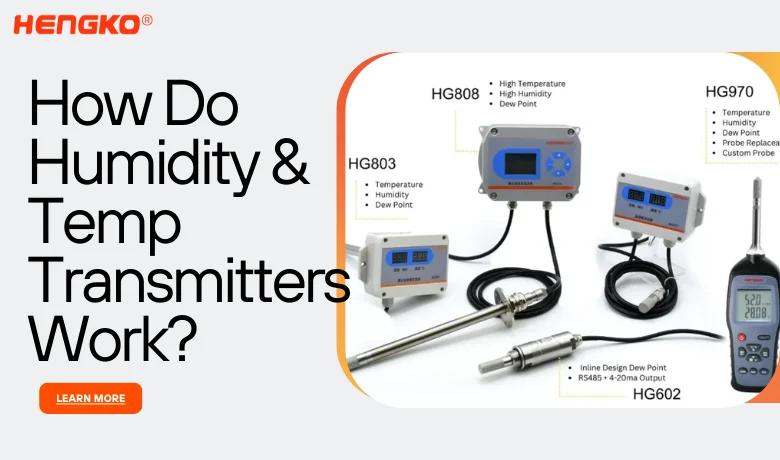
WhatsAppはこちら